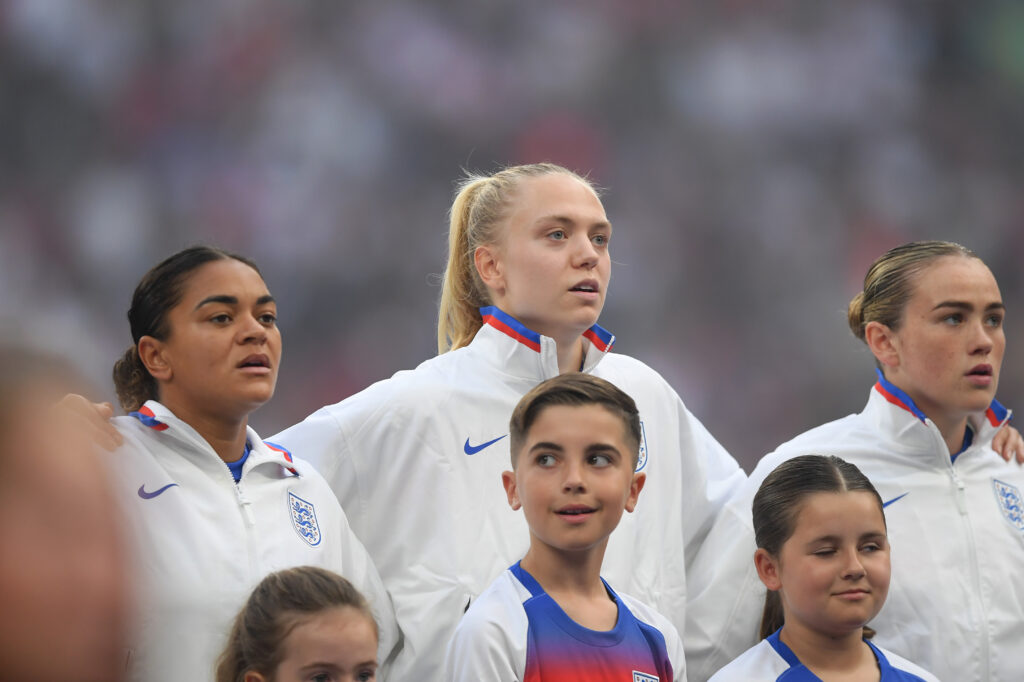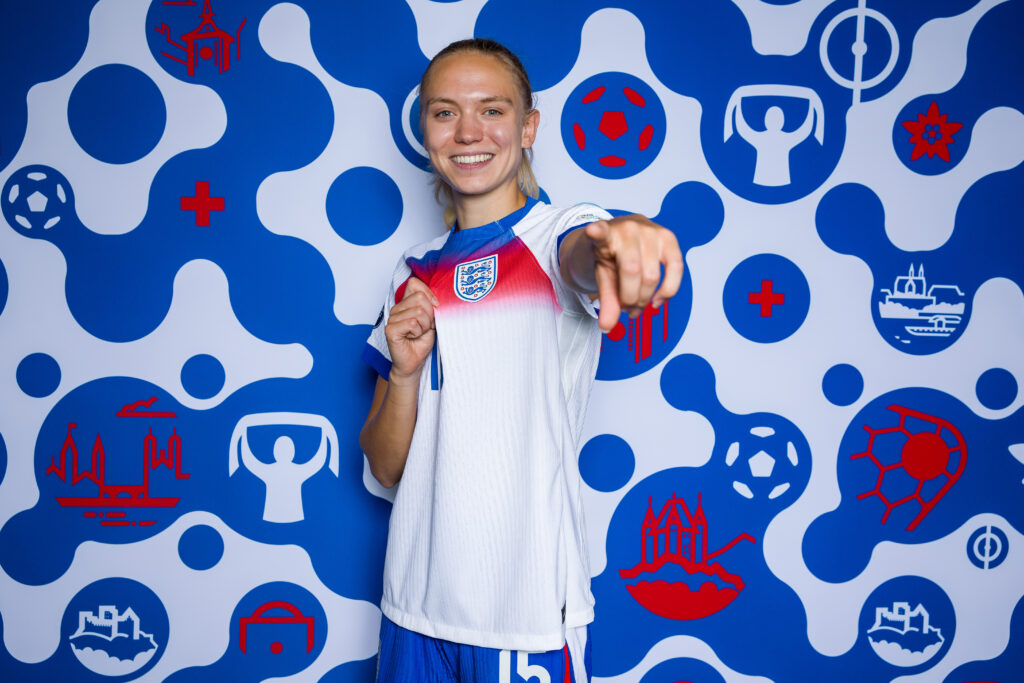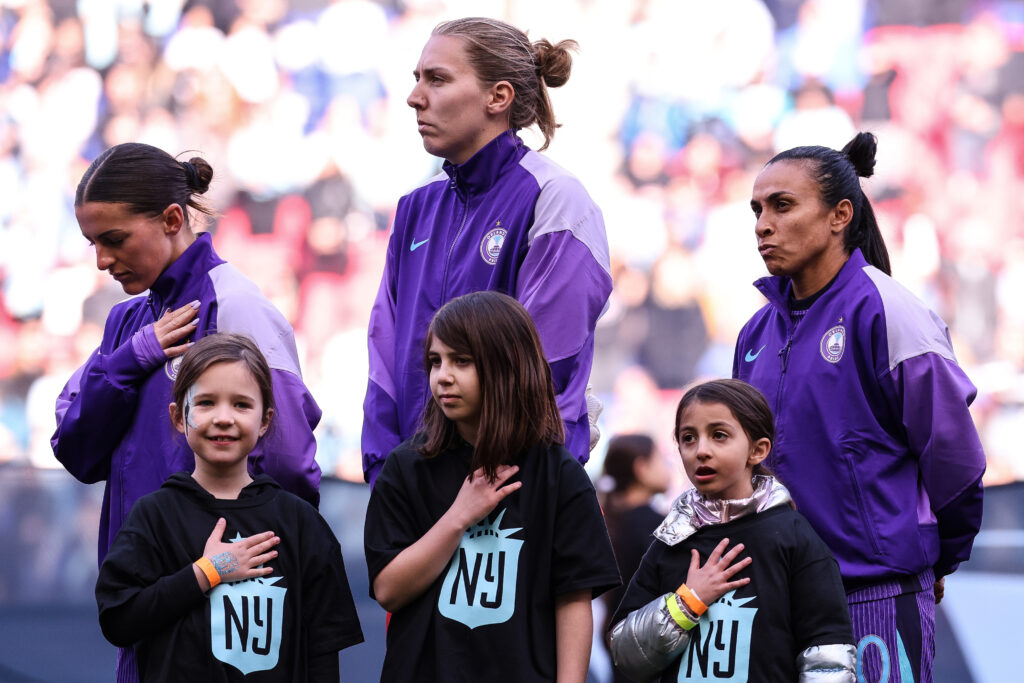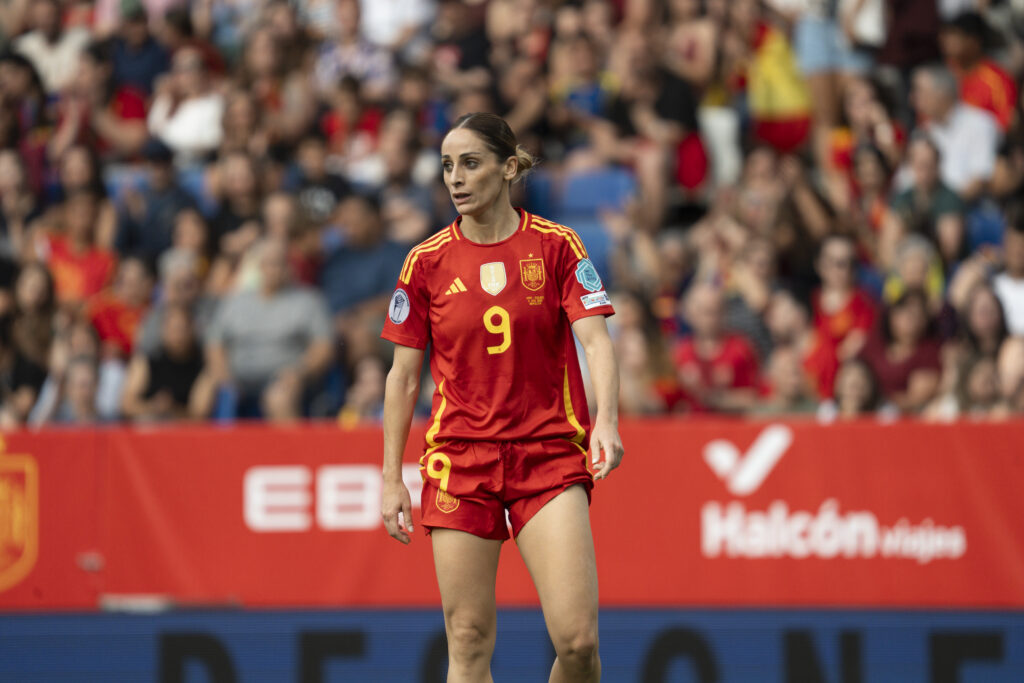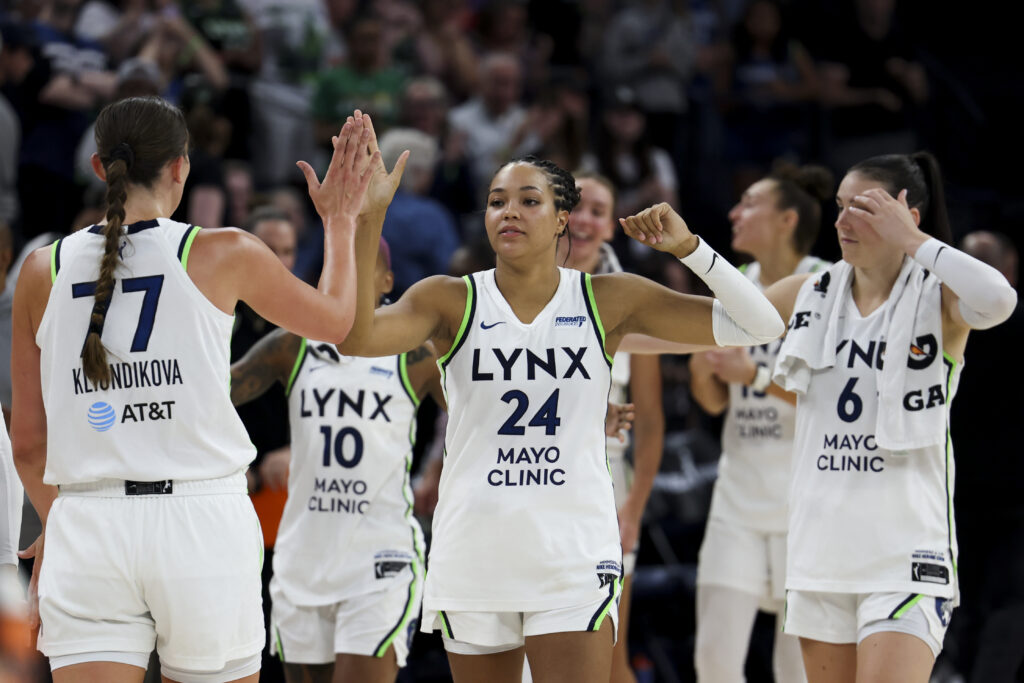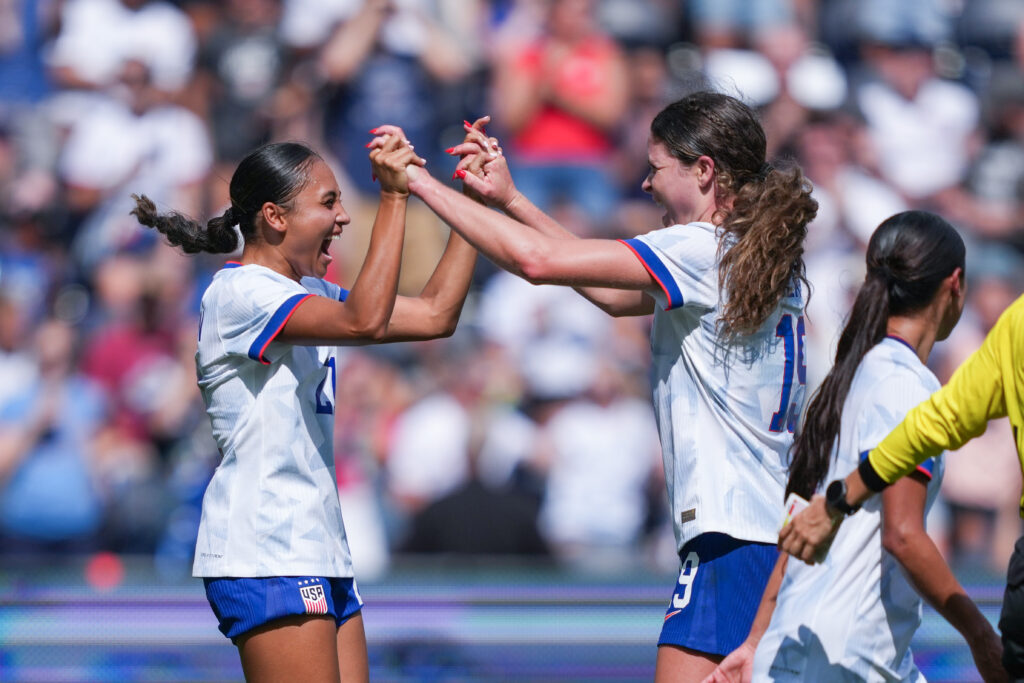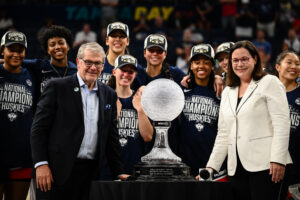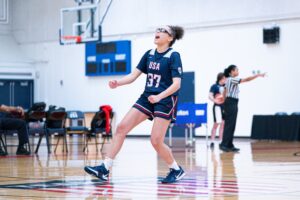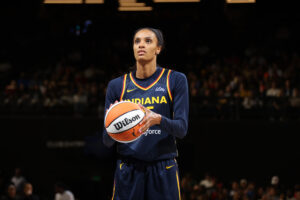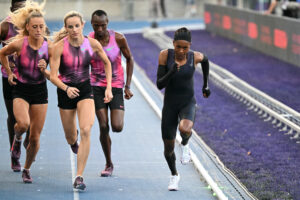Players for the U.S. women’s national team will reportedly get the call they’ve been waiting for this week, as head coach Vlatko Andonovski names his roster for the 2023 World Cup. We’ve already discussed who we think might be on the plane to New Zealand, with most of the question marks surrounding players on the fringes of the final 23-person roster.
The team’s preferred starting XI is slightly more certain, though a number of injuries have cast doubt in key areas, most notably on the backline with captain Becky Sauerbrunn confirming her absence due to a foot injury. But if the U.S. had to play the World Cup final tomorrow, here’s how I think the team should line up.

The backline
Alyssa Naeher, GK
Naeher’s save percentage with the Chicago Red Stars this season has given many fans reason for pause, but given the backline she has in front of her, experience should still win the day. Casey Murphy hasn’t been immune to nerves on the international level, with communication sometimes suffering in consequence. Naeher has experience being vocal with her defense, which gives her the edge in a different training environment.
Naomi Girma, CB
Girma has consistently been one of the best American center-backs for club and country since her arrival to professional soccer in 2022. If she can play every game for the USWNT in the World Cup, they would be foolish not to start her.
Alana Cook, CB
Longtime USWNT captain Becky Sauerbrunn was originally one of my choices to start alongside Girma, as her experience and form still place her in the top tier of the USWNT defender pool. But Sauerbrunn’s absence, announced over the weekend due to injury, tips the scales. While her possible replacements come in with much less international experience, Alana Cook notched the most minutes of any U.S. player in 2022, which should make the transition into a major tournament easier.
Emily Fox, OB
Fox is almost an underrated asset for the U.S. as an outside back. She can comfortably stay on the flank as a wide outlet, she’s a solid 1v1 defender, and she has the ability to cut centrally in possession to give her team a variety of looks in the attack. She also has crucial positional versatility, which will likely land her at right back in order for her to be paired consistently with Crystal Dunn.
Crystal Dunn, OB
Dunn, a natural attacker who plays midfield for the Portland Thorns, shares many of Fox’s attributes while also bringing experience from past international success. Dunn recently completed her first full 90-minute performance for Portland in the NWSL after returning from the birth of her son last fall, and she should be ready to play key minutes for the U.S. at outside back in New Zealand.

The midfield
Andi Sullivan, DM
Even with the return of Julie Ertz, Andi Sullivan should be the first choice starter for the U.S. in the defensive midfield. Ertz has played limited minutes for Angel City FC thus far, and while her profile as a player hasn’t changed, she’s still not completely up to full speed. Sullivan has been her usual excellent self for the Washington Spirit in 2023 and deserves the full backing of the coaching staff as the USWNT’s first choice.
Lindsey Horan, AM
Horan should be well-rested going into the World Cup, having ended her season with Olympique Lyon in early June. When Horan is at her most mobile, she’s a very effective box-to-box midfielder who can also provide necessary defensive coverage when the team is in defensive transition. International midfield battles tend to be more physical than in club play, and Horan’s experience in a number of roles firmly places her in the starting XI.
Ashley Sanchez, AM
Typically, the role of the veteran playmaker for the USWNT is filled capably by Rose Lavelle, but the 28-year-old hasn’t played a competitive game since picking up an injury in the middle of April. So far, Lavelle’s place on the World Cup roster doesn’t seem in jeopardy, but she might make more sense as a substitute than as a player relied upon for a full 90 minutes at this moment. So enters Ashley Sanchez, who is having a productive season thus far for the Washington Spirit as a creative midfielder.

The attack
Lynn Williams, LW
One of the more wide-open competitions for playing time in the U.S. system comes at left winger, with Mallory Swanson’s injury absence making way for a rotating cast at the position. Trinity Rodman is capable of filling the same role, as is Megan Rapinoe, but Williams’ form in the NWSL and her defensive commitment to Andonovski’s shape gives her the edge.
Alex Morgan, CF
Williams, Rodman, Ashley Hatch and Sophia Smith can all shift centrally when called upon, but no one is as capable with their back to goal as Morgan, who has perfected the hold-up center forward role for the U.S.. Morgan’s responsibilities aren’t always just as an out-and-out scorer; she also plays in the trenches, creating space for the wingers to enter. More than that, she is an important leader on a frontline that is relatively inexperienced in major tournaments.
Sophia Smith, RW
Like Girma, Smith is one of the easiest starting decisions for Andonovski to make. She’s built up USWNT experience in the last two years, she’s one of the best American attackers in the NWSL, and she will have a chance to make this World Cup her own in her first major tournament appearance.
Claire Watkins is a Staff Writer at Just Women’s Sports. Follow her on Twitter @ScoutRipley.

